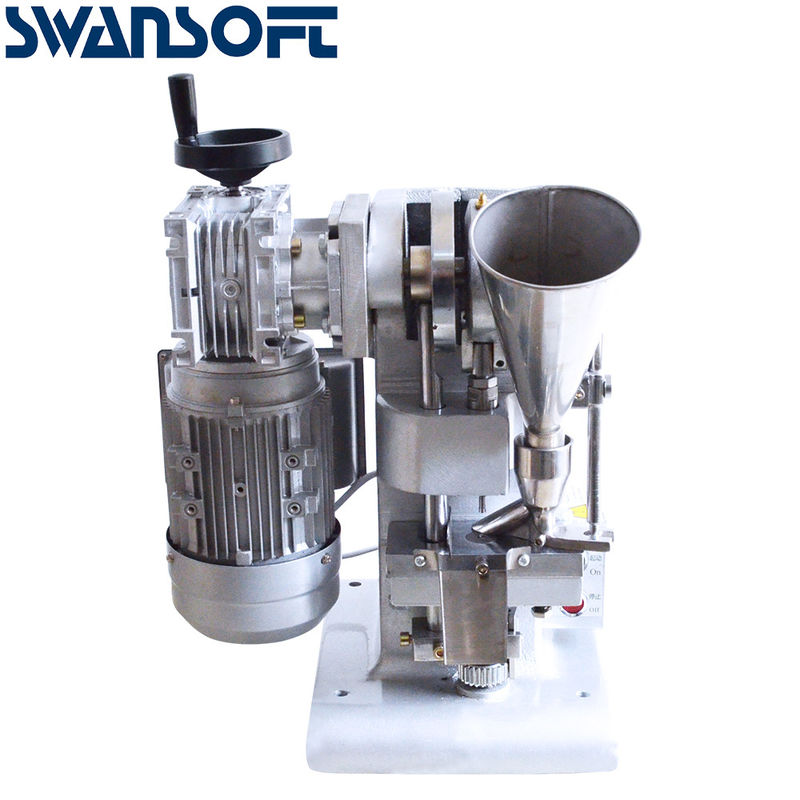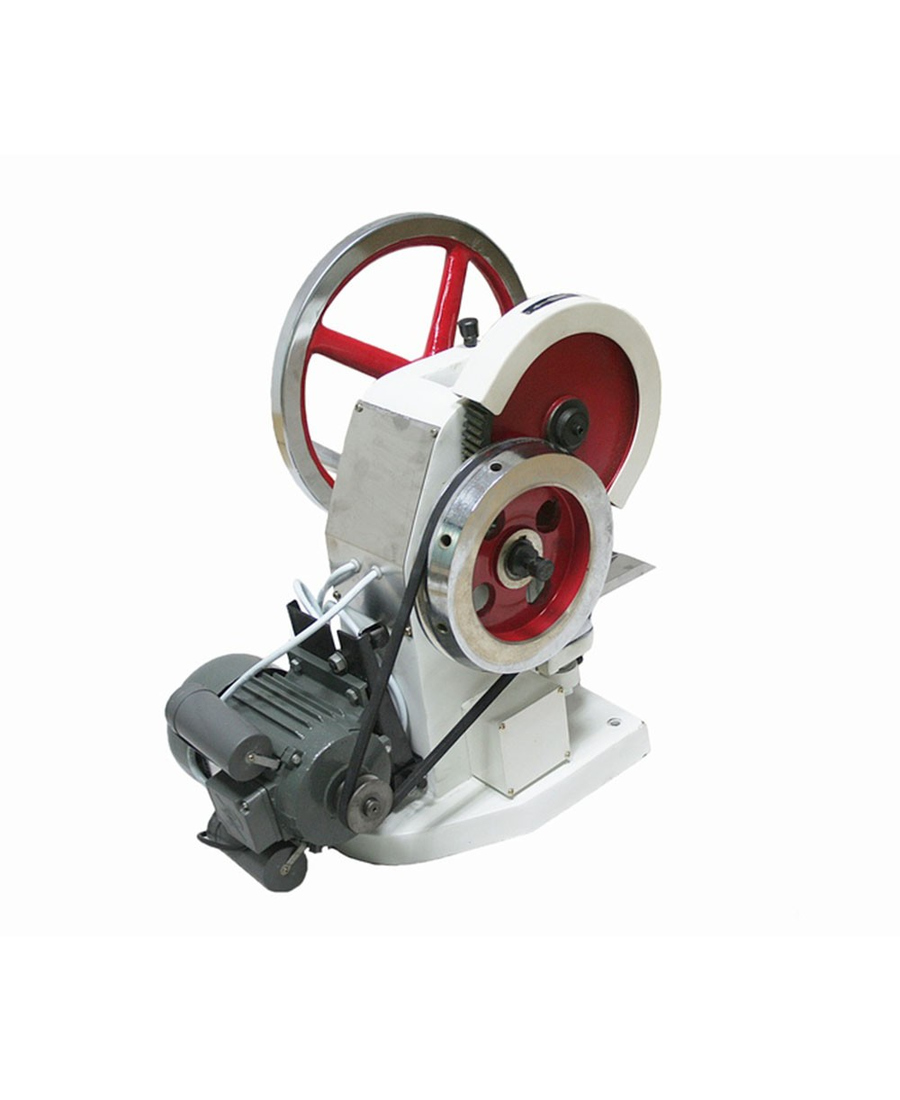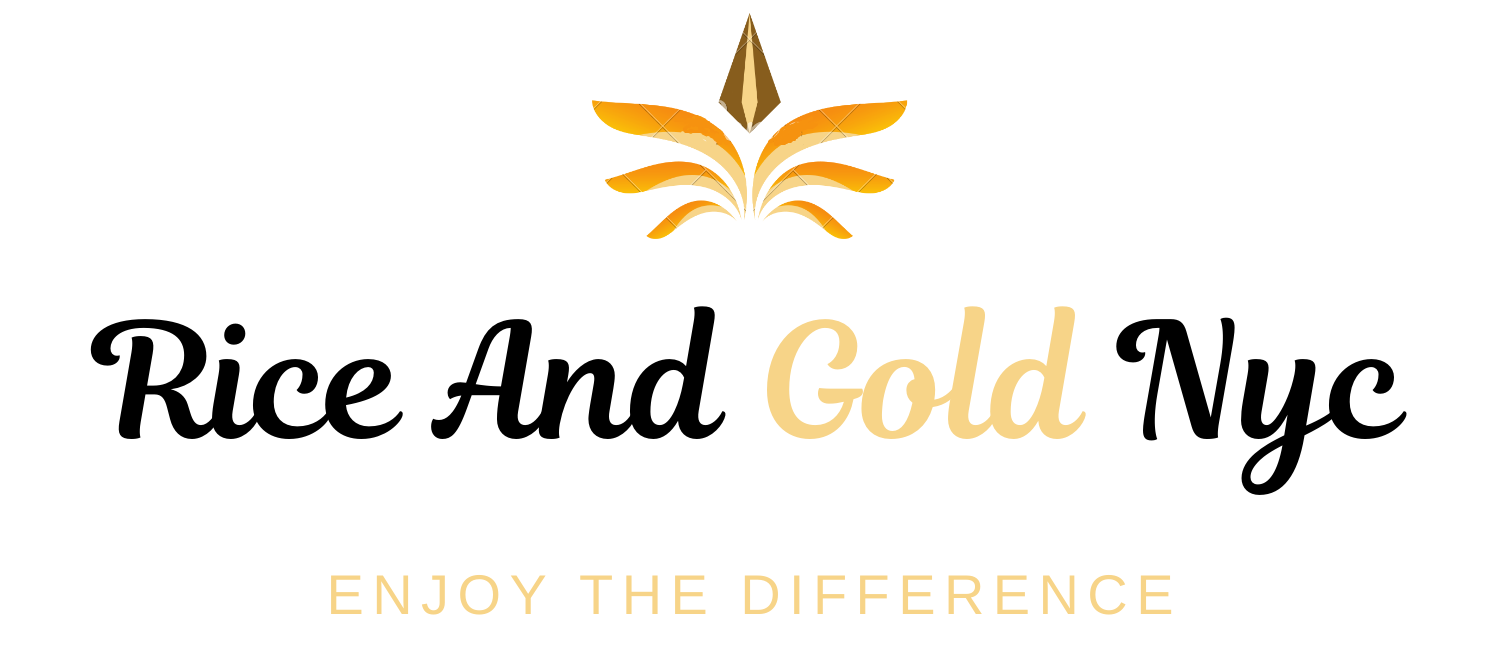Finding the right pill press machine for your needs can be confusing. With so many factors to consider, weighing the pros and cons of each model and brand before making a decision is essential. This guide will help you compare different models and brands of pill press machines and decide what fits your needs best.
First, let’s start by understanding how to press tablets with a pill press machine. A pill press is a device used to compress pharmaceutical ingredients into pills or tablets for medical or industrial applications. The most common type of pill presses are rotary tablet presses, which use rollers to compress materials into tablets continuously.

There are several factors to consider when buying a pill press machine:
1. Type of machine
2. Output capacity
3. Quality of construction
4. User safety features
5. Value for money
6. Operator training requirements
7. Maintenance requirements
Type of machine
The first factor to consider when comparing different models and brands of tablet presses is the type you need for your specific application requirements. Most tablet presses fall into two main categories – rotary tablet presses or single punch tablet presses – but there are other types such as double-sided tablet presses or continuous motion tablet presses depending on the application requirements needed in the production process. Depending on the type you choose, some additional components may be required, such as tamper heads or ejector pins, depending on the model you choose.
Output Capacity
The next thing to consider is output capacity – how many tablets can the machine produce per hour? This metric varies from model/brand to model, so be sure to check this before choosing a particular option to ensure it meets your production needs without overloading the machine beyond its capabilities. In addition, some models have adjustable speeds for greater flexibility when changing between products or sizes in batches during operating cycles, thus increasing the efficiency of production processes.
Quality of construction
Another key factor is the quality of the materials used in the construction of each model/brand – stainless steel frames offer durability and resistance to corrosion, helping to maintain optimum performance levels even in harsh conditions, while their smooth surfaces make them easy to clean afterwards. Certain models also feature internal parts made from higher grade metals such as tungsten carbide, which provide more precise cutting whilst resisting wear and tear compared to the lower grade alternatives used in cheaper models.
User safety features
User safety features vary greatly from manufacturer to manufacturer, so pay close attention before choosing one option over another. Look for features such as quick-release mechanisms for quick closure in emergencies, automatic shut-off switches when cover plates are opened during maintenance periods, etc. These features are first and foremost for the safety of the user, as they could potentially save lives if something were to go wrong during operations…
Cost Effectiveness
Cost effectiveness must also be considered when evaluating different models/brands, as purchase price isn’t everything when it comes to selecting equipment based solely on budget constraints. Often low-cost options come with hidden costs later down the line, such as expensive replacement parts due to poorly constructed materials originally used (which could lead to costly maintenance repairs), thus negating any initial savings made initially because now the total cost of owning the item increases significantly due to having to replace certain components frequently instead of once every few years (as would normally be expected). So look at the long term savings versus the short-term savings rather than just focusing on the low purchase price!

Operator training requirements
Operator training requirements should also be considered, as some machines require more operator experience than others, depending on the level of complexity associated with the particular product chosen. It’s important to understand what kind of skill set is required to run a specific product correctly without risking damaging the unit itself (or worse yet, injuring someone working around due to improper use). If you’re not sure about this aspect, don’t hesitate to ask the manufacturer directly before making any purchase decisions!
Maintenance requirements
Finally, maintenance requirements must also be carefully considered, as this has a direct impact on the total cost of ownership mentioned in the previous section… Some equipment may require more frequent cleaning to maintain optimum performance, while others may require less frequent service intervals, depending on the complexity of the individual product selection itself.
In addition, certain components will need to be replaced after a certain number of hours regardless of the condition of the overall system (e.g. roller tools can wear out quickly if they’re used frequently), so it’s always a good idea to enquire about these sorts of details in advance to avoid surprise expenses occurring further down the line when you least expect them!
To sum things up, comparing different models and brands of pill presses requires careful consideration of several factors including type & output capacity; quality construction & user safety features; cost-effectiveness; operator training requirements; and maintenance requirements before making an informed decision that best suits your own unique needs & circumstances!

